1) Running Romex Horizontally 2) Studs layed flat
pete_p_ny
16 years ago
Featured Answer
Sort by:Oldest
Comments (28)
joed
16 years agocobraguy
16 years agoRelated Professionals
Orlando Electricians · Albany General Contractors · Elgin General Contractors · Forest Grove General Contractors · Geneva General Contractors · Marietta General Contractors · Panama City General Contractors · Renton General Contractors · Warrenville General Contractors · Westminster General Contractors · Rehoboth Solar Energy Systems · Berkley Home Automation & Home Media · Farmington Home Automation & Home Media · Half Moon Bay Home Automation & Home Media · Highland Park Home Automation & Home Mediaitsunclebill
16 years agobadabingbong
16 years agopete_p_ny
16 years agosaltcedar
16 years agohendricus
16 years agopete_p_ny
16 years agostlrocker
16 years agotom_p_pa
16 years agohendricus
16 years agosaltcedar
16 years agoparkplaza
16 years agopete_p_ny
16 years agoradioguy4ever
16 years agocobraguy
16 years agopete_p_ny
16 years agomowers
16 years agobrickeyee
16 years agosaxmaan1
16 years agomatt_r
16 years agocobraguy
16 years agomowers
16 years agohendricus
16 years agobrickeyee
16 years agoGoHawks44
13 years agoBrian Bartel
8 years ago
Related Stories
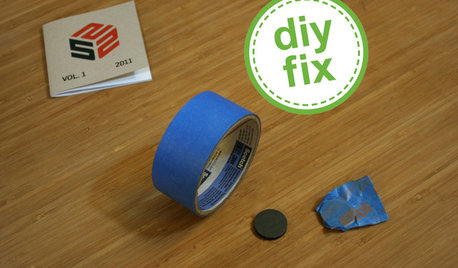
DECORATING GUIDESQuick Fix: Find Wall Studs Without an Expensive Stud Finder
See how to find hidden wall studs with this ridiculously easy trick
Full Story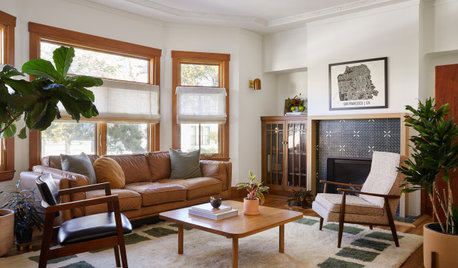
LIVING ROOMSHow to Decorate a Small Living Room
Arrange your compact living room to get the comfort, seating and style you need
Full Story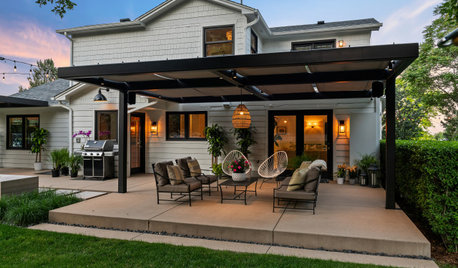
WORKING WITH PROSYour Guide to a Smooth-Running Construction Project
Find out how to save time, money and your sanity when building new or remodeling
Full Story
MOST POPULARMy Houzz: Hip Midcentury Style for a Mom's Backyard Cottage
This 1-bedroom suite has everything a Texas mother and grandmother needs — including the best wake-up system money can't buy
Full Story
LANDSCAPE DESIGN11 Design Solutions for Sloping Backyards
Hit the garden slopes running with these bright ideas for terraces, zones, paths and more
Full Story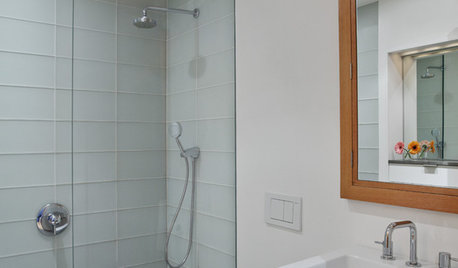
BATHROOM DESIGNConvert Your Tub Space to a Shower — the Planning Phase
Step 1 in swapping your tub for a sleek new shower: Get all the remodel details down on paper
Full Story
INSIDE HOUZZTell Us Your Houzz Success Story
Have you used the site to connect with professionals, browse photos and more to make your project run smoother? We want to hear your story
Full Story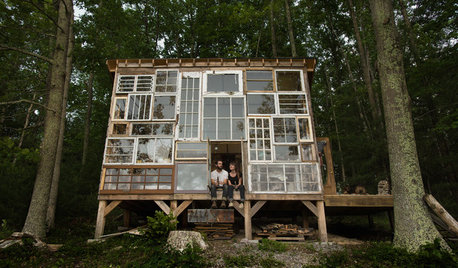
OUTBUILDINGSThe Glass-Walled Cabin That Romance Built
Envisioning sunsets and starry skies, newlywed artists construct a 1-room retreat on a family farm
Full Story
MIDCENTURY HOMESHouzz Tour: An Eichler Remodel Spawns a Design Career
A homeowner finds her true calling upon redesigning her family's entire California home
Full Story
REMODELING GUIDESContractor Tips: How to Install Tile
Before you pick up a single tile, pull from these tips for expert results
Full StoryMore Discussions









pete_p_nyOriginal Author